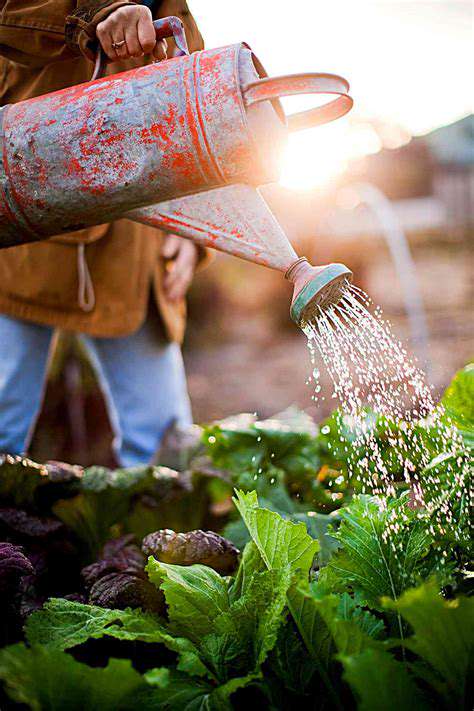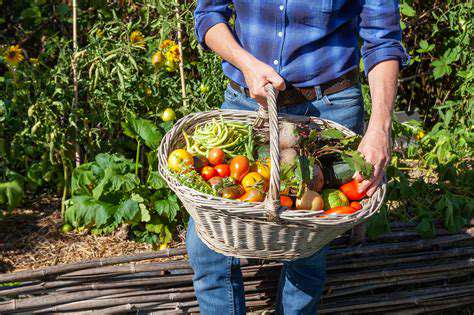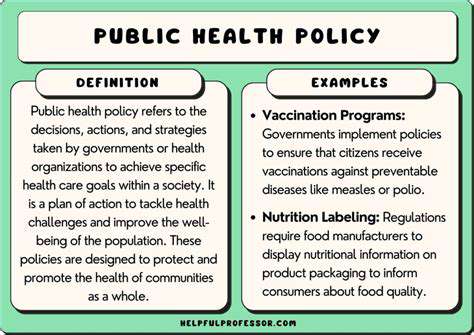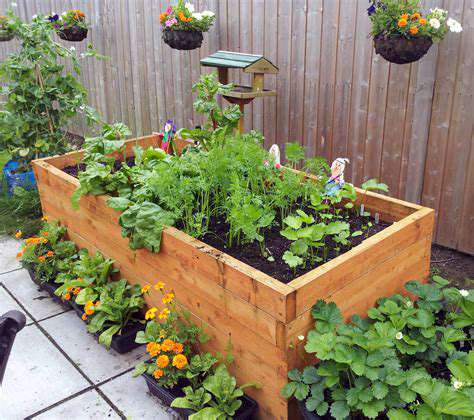Starting Your Senior Gardening Hobby: Tips for Beginners
Long-blooming perennials like coreopsis and gaillardia provide months of color with minimal care. Planting in odd-numbered clusters creates natural-looking displays that make more visual impact. Include some fragrant varieties near seating areas where you can enjoy their scent.
Fruitful Choices
Dwarf fruit trees grafted onto special rootstocks stay compact while producing full-sized fruit. Many berries, especially raspberries, will happily grow in large containers if space is limited. Consider everbearing strawberry varieties that produce fruit all season rather than one big crop.
Accessibility and Design
Raised beds built at 24-30 inch heights eliminate bending. Use smooth, wide (at least 3 feet) paths surfaced with firm materials like packed gravel or pavers. Include multiple seating areas with shade options - gardening should be enjoyable, not exhausting.
Attracting Wildlife
A simple birdbath with a solar fountain attracts colorful visitors while providing soothing water sounds. Native flowering plants like coneflowers and milkweed support butterflies and hummingbirds. Leave some seedheads standing through winter - they provide food for birds and interesting winter texture.
Watering and Maintaining Your Garden

Watering Techniques for Optimal Growth
Watering wisely makes the difference between thriving plants and constant struggles. The finger test never lies - if soil feels dry two inches down, it's time to water. Early morning watering reduces evaporation and prevents fungal diseases. Soaker hoses or drip systems deliver water right to roots while keeping foliage dry.
Group plants by water needs to avoid overwatering some while underwatering others. Mulching cuts watering frequency by up to 50% while suppressing weeds. In hot weather, check container plants daily - they dry out much faster than in-ground plantings.
Maintaining Healthy Soil Conditions
Healthy soil grows healthy plants with fewer problems. Adding 2-3 inches of compost annually improves both clay and sandy soils. A simple pH test reveals if your soil needs adjustment - most vegetables prefer slightly acidic conditions (6.0-6.8). Worm castings provide gentle, slow-release nutrition without risk of burning plants.
Pest and Disease Control Strategies
Regular garden walks help spot problems early when they're easiest to control. Strong, healthy plants resist pests better than stressed ones - proper watering and feeding are your first defense. Physical barriers like floating row covers prevent many insect problems without chemicals.
Encourage beneficial insects by planting small-flowered herbs like dill and fennel. Handpick larger pests in the cool morning when they're sluggish. Always identify the specific problem before treating - many pests turn out to be harmless or even beneficial.
Mulching for Weed Suppression and Moisture Retention
Organic mulches like shredded leaves improve soil as they decompose. Apply 2-3 inches after soil warms in spring, keeping mulch a few inches from plant stems to prevent rot. Newspaper or cardboard under mulch creates an extra weed barrier while breaking down naturally.
Harvesting and Enjoying Your Garden's Bounty

Planning Your Harvest
Timing harvests correctly maximizes flavor and nutrition. Most vegetables taste best picked in the cool morning before sugars convert to starch. Keep a garden journal noting planting dates to better predict harvest times each year.
Selecting the Right Tools
Quality tools make harvesting easier and safer. Bypass pruners cut cleanly without crushing stems. A harvest basket with handles keeps produce organized and prevents bruising. Specialized tools like tomato claws or berry pickers save time and reduce damage to plants.
Harvesting Techniques for Different Crops
Learn the specific signs of peak ripeness for each crop - tomatoes should pull away easily with slight pressure, while peppers can be picked at any size. Use two hands for fragile crops - one to support the vine while the other removes the fruit. Cutting rather than pulling prevents damage to plant roots and stems.
Preserving Your Harvest
Blanching vegetables before freezing preserves texture and color. Small-batch canning works well for seniors without requiring marathon sessions. Herbs dry beautifully simply by hanging small bunches in a warm, airy spot. Label everything with dates to rotate your preserved foods properly.
Storing Your Harvest Properly
Most vegetables keep best unwashed in breathable containers in the refrigerator. Root vegetables store well in slightly damp sand in a cool basement. Never store apples with other produce - they emit ethylene gas that speeds spoilage.
Enjoying Your Homegrown Produce
Simple preparations often highlight garden-fresh flavors best. Try quick sautés, fresh salads, or roasted vegetable medleys. Host a garden-fresh meal to fully appreciate your harvest's quality compared to store-bought.
Sharing Your Harvest
Extra produce makes wonderful gifts for neighbors or local food banks. Consider creating harvest baskets with recipe cards featuring your crops. Sharing gardening successes builds community connections.











